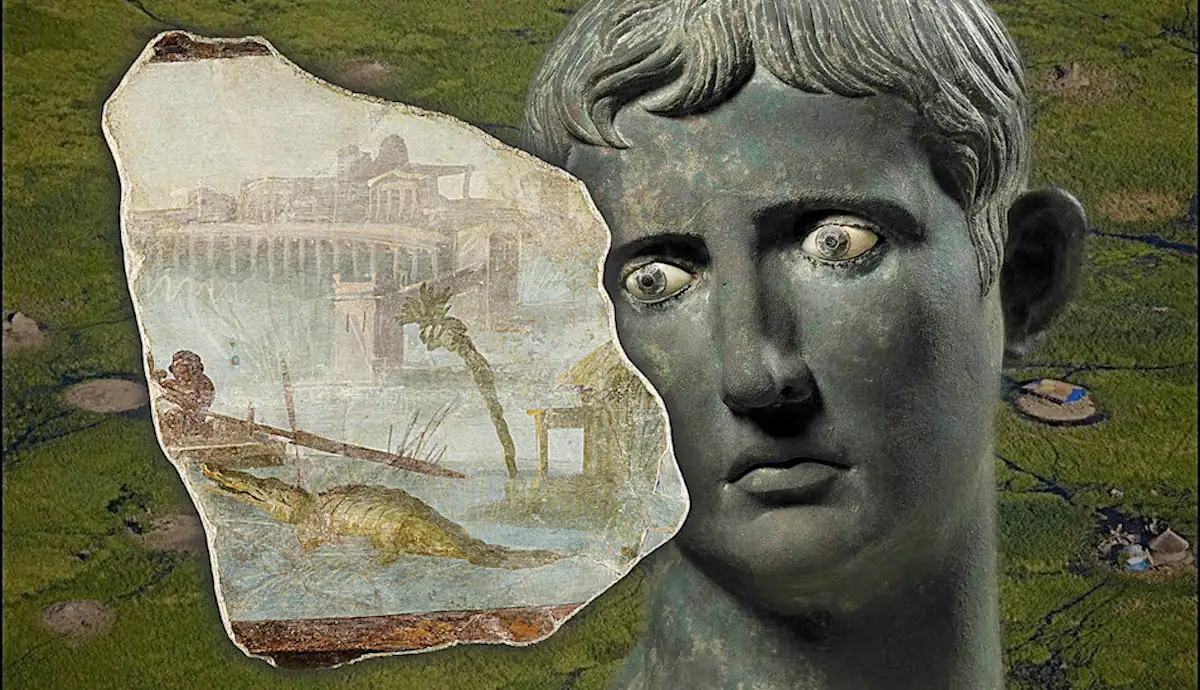
In 60-61 AD, Emperor Nero attempted to explore the Nile River. He tried to ascertain the source of the Nile River. Around 61 AD, the Emperor sent a little group of guards of the praetorian rank to discover the origins of the Nile River in Africa.
He did this to get enough knowledge for a possible conquest of Ethiopia, or as it was called in that period, Equatorial Africa (and everything that was south of Egypt) by the Romans. The Roman legionaries that were navigating the Nile from southern Egypt eventually reached Meroë, a major city in the province and eventually moved to another city known as the Sudd, where they found major difficulties and proceeding with the journey was not an easy task.
Seneca wrote documents about this quest and documented that the origins were from a big lake in central Africa, south of the swamp region now known as “the Sudd” in South Sudan.
However, some other Roman historians, such as Pliny, propose that the quest was done mainly to prepare Emperor Nero’s plan to dominate Ethiopia with Egyptian legions.
Nevertheless, the death of Nero not only put a stop to further explorations of the Nile but foiled the plans of a likely Roman conquest. Some historians also argue that the Roman legionaries of Nero most likely reached Murchison Falls in Uganda (however, there is a lot of controversy about this very difficult achievement and unlikely achievement).
The account from Seneca documents that the guards told Nero that they personally saw two rocks from which an immense quantity of water came. Some modern historians, like Giovanni Vannini, claim that this place is the Murchison Falls in northern Uganda, meaning that the Romans may have reached equatorial Africa, though this is disputed.
READ ALSO: Thomas Sankara: A Revolutionary In Cold War Africa